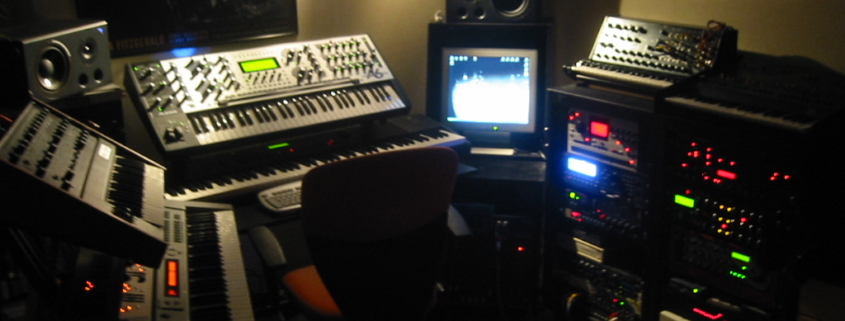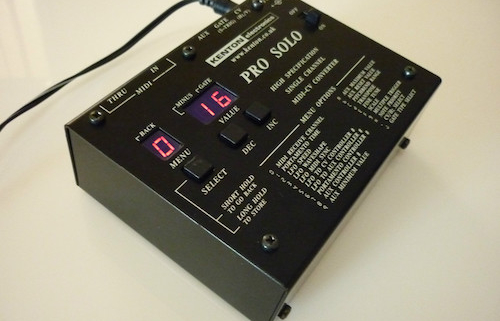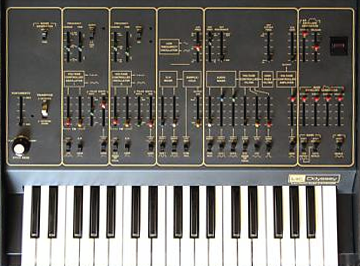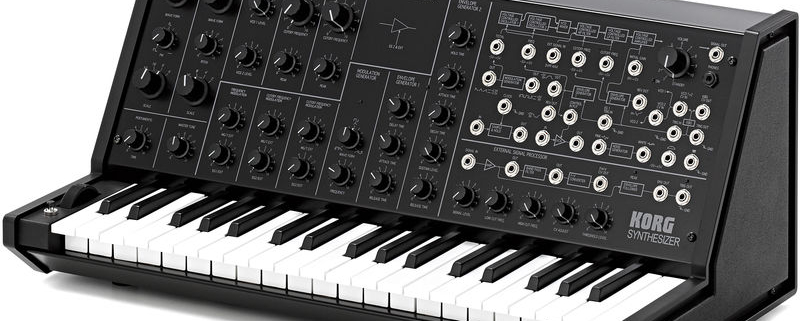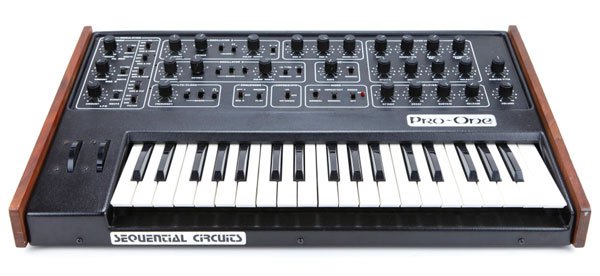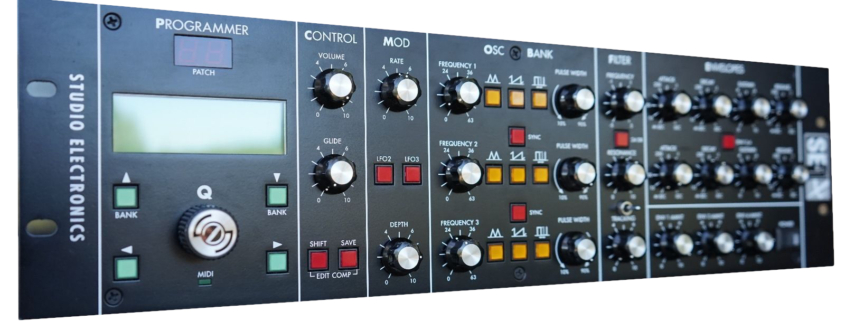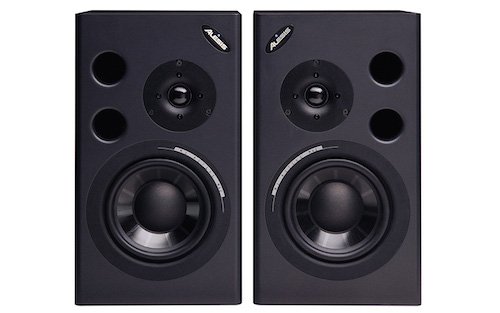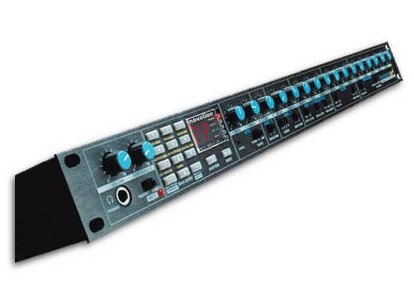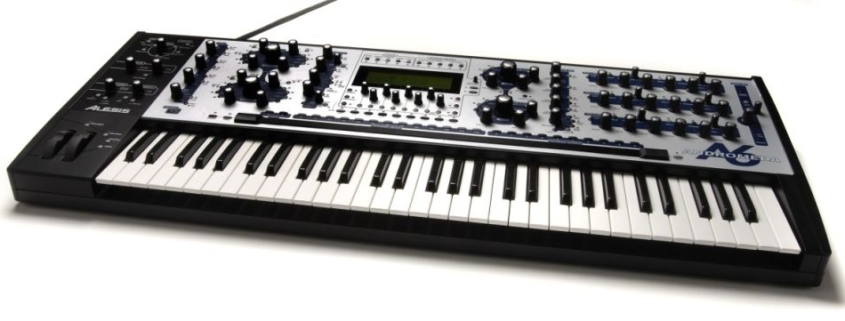Soft synths don’t force you to rearrange your studio whenever you buy a new one. This fact alone did not keep me from getting new hardware during 2004 instead of focusing all my energy on the admittedly handy soft synths. This proved to be a hardware-intense year. Think Close Encounters of the Analog kind.
It started moderately; I gave in to Alesis-specific gear lust, and got me an Andromeda (ok, forget that about moderately) as well as the M1 mkII active monitors, in order to eliminate the extra stage of noise (old amp/receiver) from between the mixer and the monitors. Good move. Audible difference. The studio appearance didn’t change too drastically yet. During the summer I discovered eBay, and things were never the same. A bunch of analog gear, vintage and more modern, found their way into my studio, some with a little help from my friends (guys, you know who you are). To pay for these, I let my e-drums as well as some other stuff go, simply because I hadn’t used them enough to justify keeping them. Plus, they occupied an entire corner, a place which my gf had other plans for.
As I had decided that it was the year of the Soft Synths, I did not forget them. I tried several, including a “demo” version of the Oddity, which resulted in me getting the original ARP Odyssey. So who was it who said that soft synths were cheap? Well, I purchased both the impOSCar and the M-Tron, so if there is a pattern to be found, both an OSCar and a Mellotron will show up some day, probably much to my gf’s annoyance. The soft synths are really great, handy and extremely usable, but they are Just Not The Same As Hardware. A third soft synth to set its bits on my hard drive surface was the PPG Wave 2.V. I also saw a few real PPG Wave on eBay.
Other stuff I got this year was the Sequential Circuits Pro-One, Korg MS-20 (which actually started the eBay analog revolution), a Novation BassStation and a Studio Electronics SE-1. And a few MIDI to CV converters.
I learned that I am definitely a hardware kind of guy, and that there’s no fighting it. I also learned that I am not fanatically against software, which I think is a good thing.

